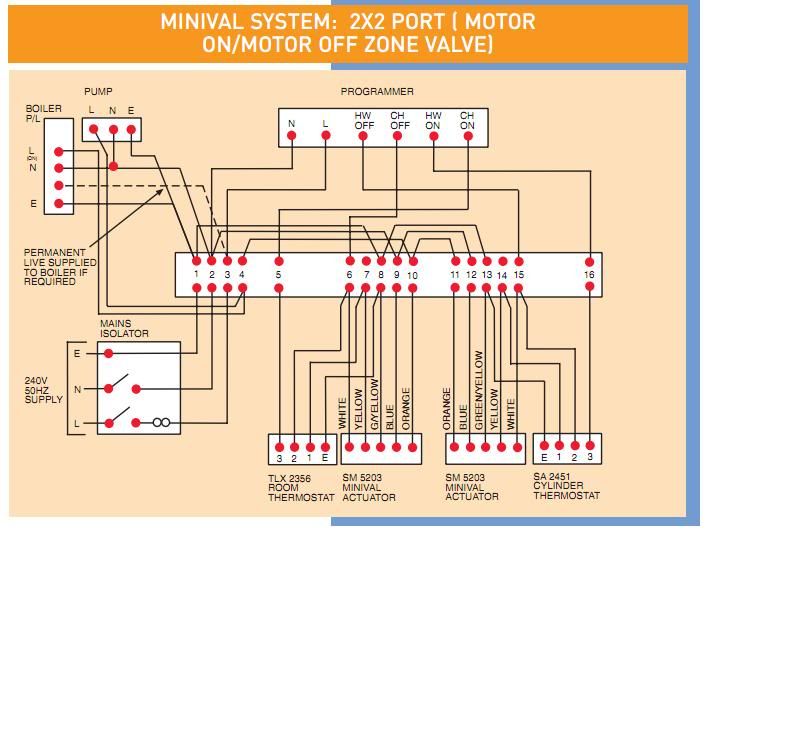Dibs-h
Established Member
Lons":2lwwg5mi said:All makes sense Dibs - cheaper to get a new wife? :roll:
I've got the opposite in that wifie is hot one mitute and cold the next whilst I like a constant comfortable temp though our room thermostat is never above 18 deg.
I think I'm kept warm by the gallons of coffee I drink :wink:
I've changed a number of our rads and was astonished at how much hotter they are and much quicker to heat up . Old ones are about 30 years now.
Bob
Lons.
Thankfully she is almost entirely self-financing, so can't really complain, other than she keeps adding to my my "work-list."
She, I suspect like a lot of wives, as a knackered thermostat. Middle of summer - 22c and she's cold at night. So on with the thicker duvet and me sweating to death! Can't win really!
Having a bit of a Google on Wireless Room Stats - any recommendations? Don't want to shell out more than required, but don't want to replace it on a regular basis either.
Rog - turning the TRV right up in the room that you are in. That makes sense as to how you ensure you don't get issues with taking the Wireless stat around with you.
Cheers
Dibs


































